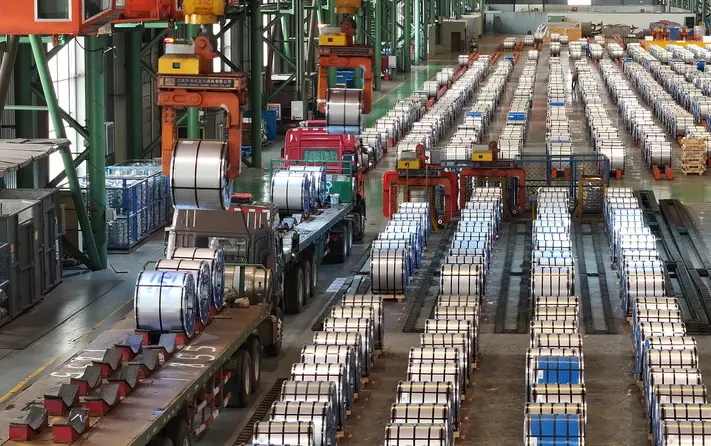What do you know about the language of steel?

As global concern about climate change grows, the steel industry is accelerating its transition to low-carbon production. The following are key terms and technological advances in Steel Production, revealing the industry's efforts in emission reduction and sustainable development.
Low-carbon steel technology
Breakthrough technology
Including innovative methods such as hydrogen reduction, carbon capture and storage (CCS), and iron ore electrolysis, it aims to completely change the traditional blast furnace or electric arc furnace steelmaking mode and significantly reduce carbon emissions.
Carbon-neutral steel
Achieve net zero emissions by balancing greenhouse gas emissions and carbon sink absorption during the production process, or with the help of carbon offsets from other industries. The industry calls for transparent accounting standards to avoid "greenwashing" disputes.
Fossil-free steel
A steel production process that does not use fossil fuels such as coal and natural gas at all, relying on green hydrogen or renewable energy.
Core processes and materials
Hydrogen energy application: Green hydrogen (electrolysis of water + renewable energy) and blue hydrogen (natural gas + CCS) have become the key to emission reduction, but gray hydrogen (no CCS) is still controversial.
Direct Reduced Iron (DRI): Producing "sponge iron" in a non-blast furnace manner, combined with green hydrogen, can significantly reduce carbon footprint.
Electric Arc Furnace (EAF):A short-proceSs Steelmaking process using scrap steel as the main raw material, with carbon emissions reduced by 60%-70% compared to traditional blast furnaces.
Alloy:Steel is an alloy (a mixture of chemical elements of which at least one is a metal) of iron and carbon.
Annealing:The heat treatment process by which steel products are reheated to a suitable temperature to remove stresses from previous processing and to soften them and/or improve their machinability and cold-forming properties.
Apparent steel use (ASU):ASU is obtained by adding up deliveries (defined as what comes out of the steel producer’s facility gate) and net direct imports. As a unit of measurement worldsteel uses the metric tonne.
Bar:A finished steel product, commonly in flat, square, round or hexagonal shapes. Rolled from billets, bars are produced in two major types: merchant and special.
Basic oxygen steelmaking:Making steel through oxidation by injecting oxygen through a lance above a molten mixture of pig iron and scrap steel.
Bessemer process:A process for making steel by blowing air into molten pig iron through the bottom of a converter.
Billet:A semi-finished steel product with a square cross-section up to 155mm x 155mm. This product is either rolled or continuously cast and is then transformed by rolling to obtain finished products like wire rod, merchant bars and other sections. The range of semi-finished products above 155 mm x 155 mm are called blooms.
Blank:Steel sheet of high dimensional precision, in simple or complex form, sometimes multi-thickness, constituting principally automobile body parts.
Blast furnace:A furnace used for smelting iron from iron ore.















